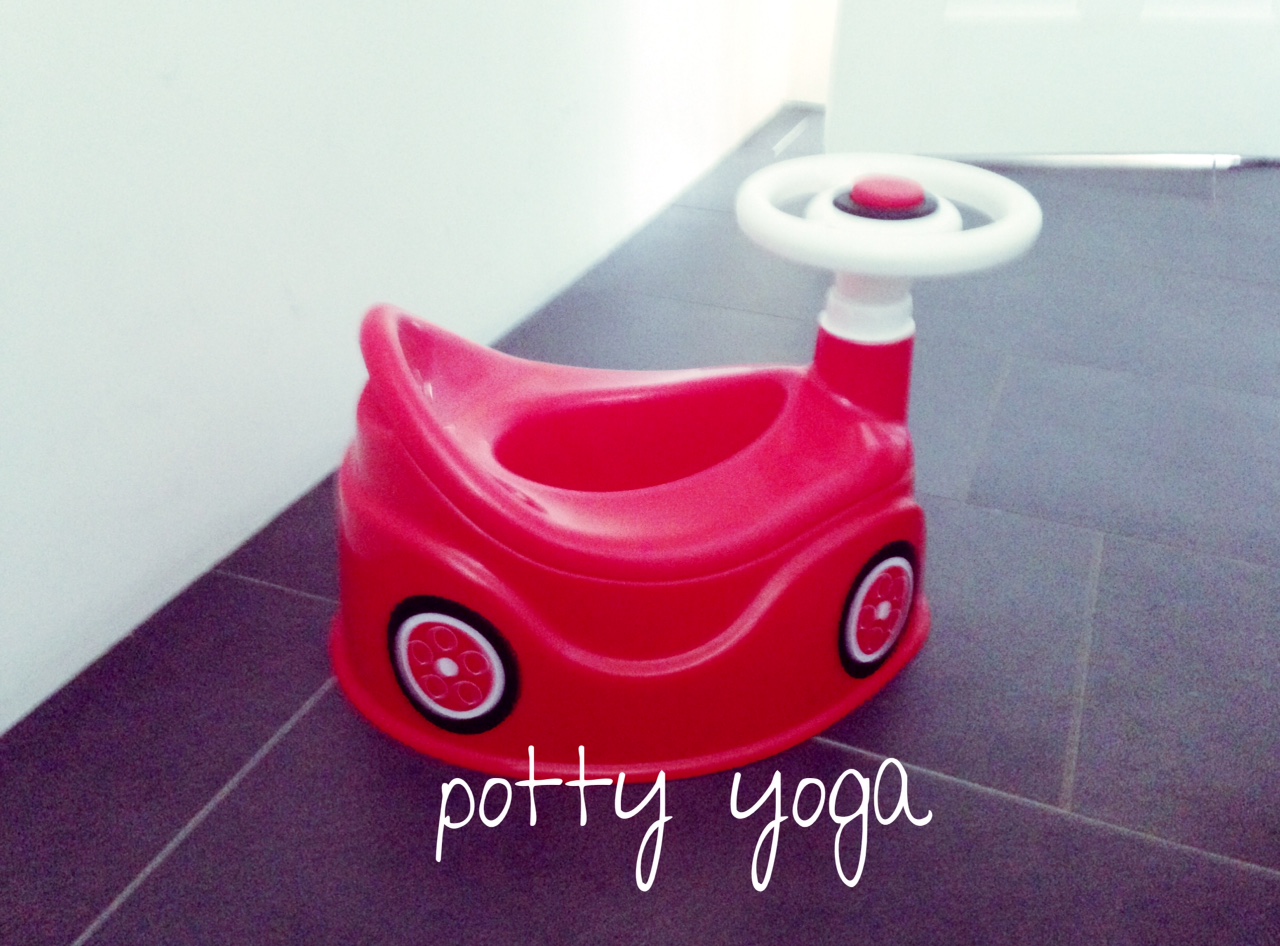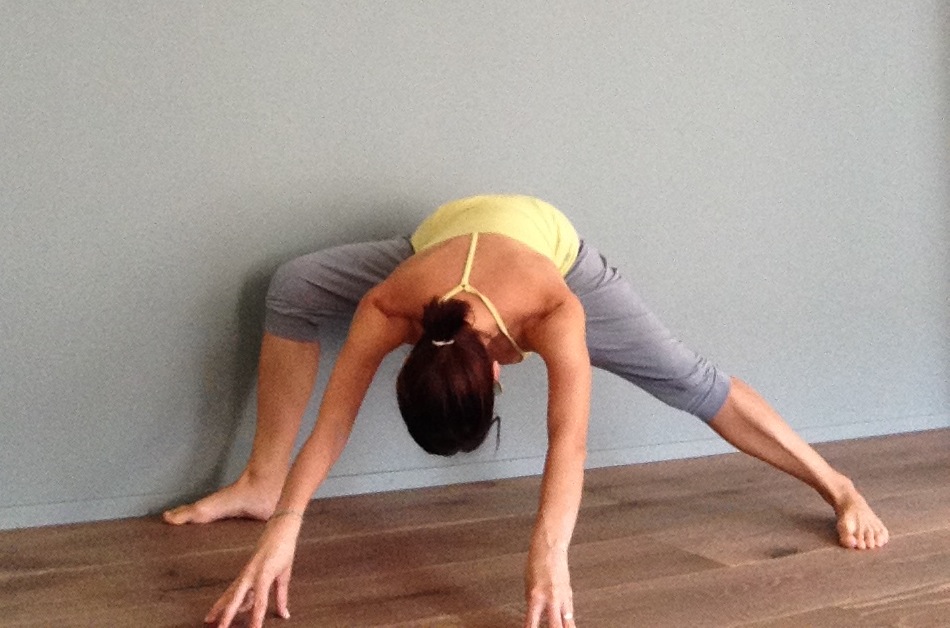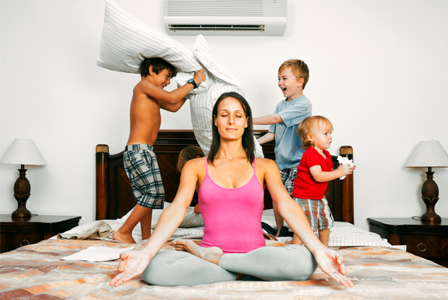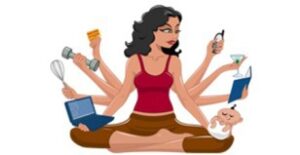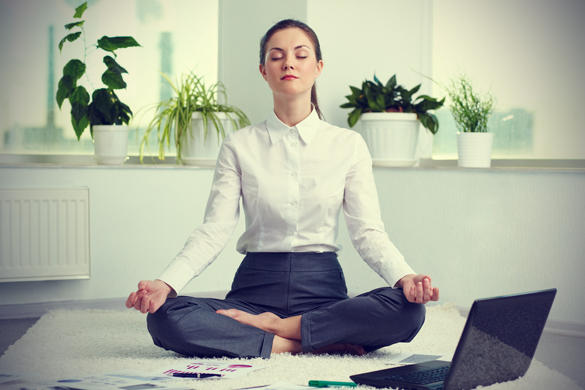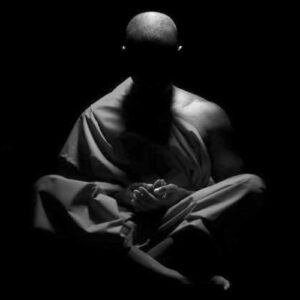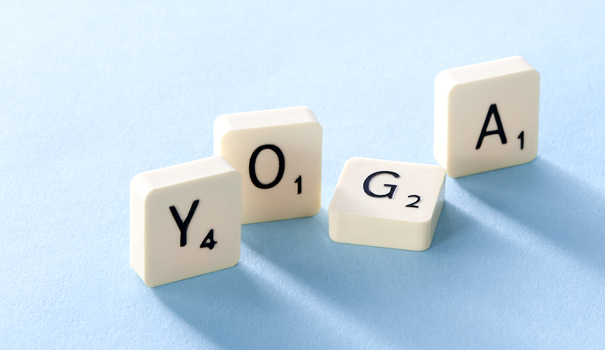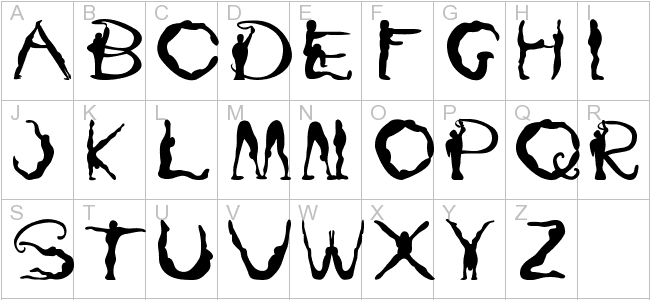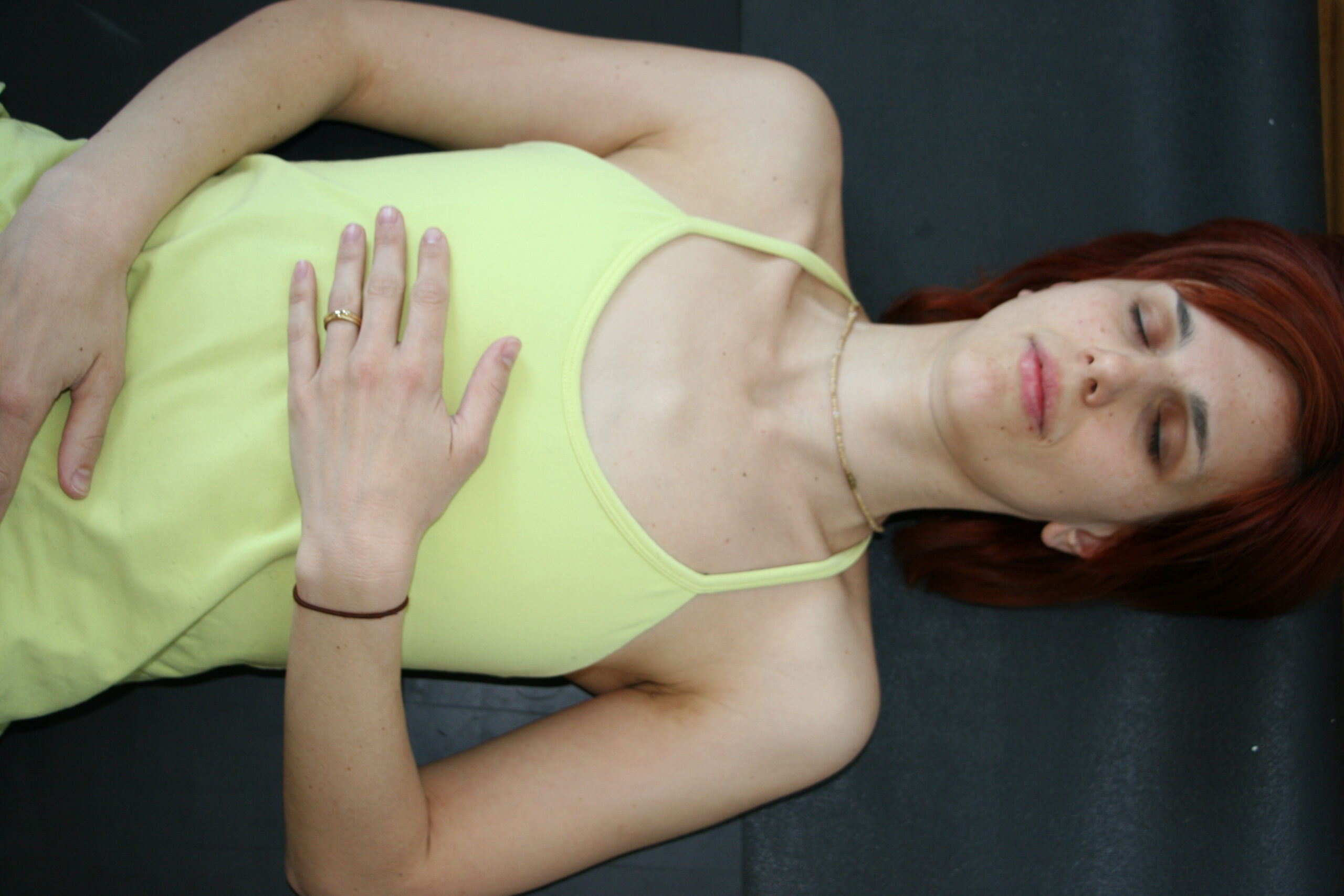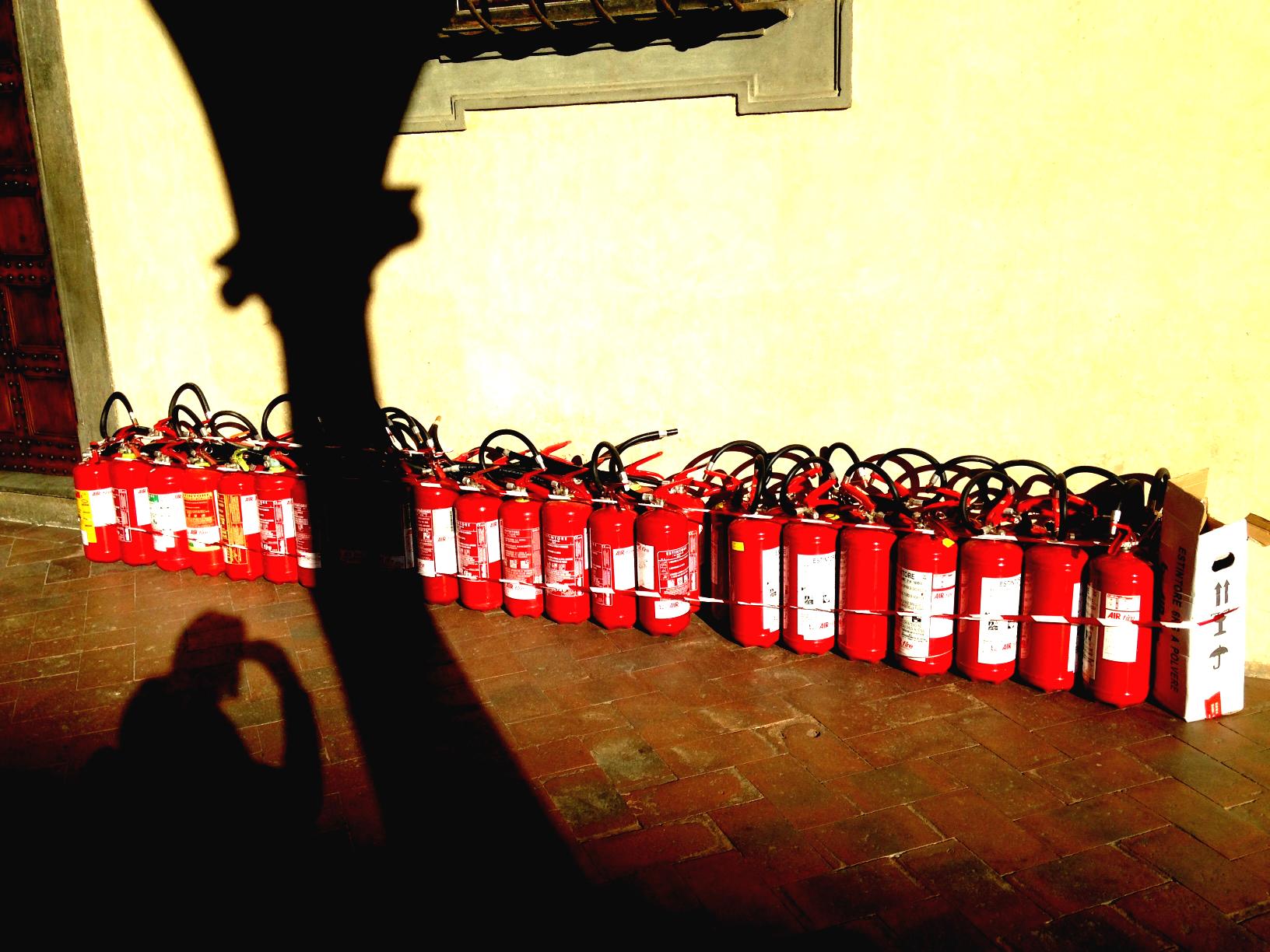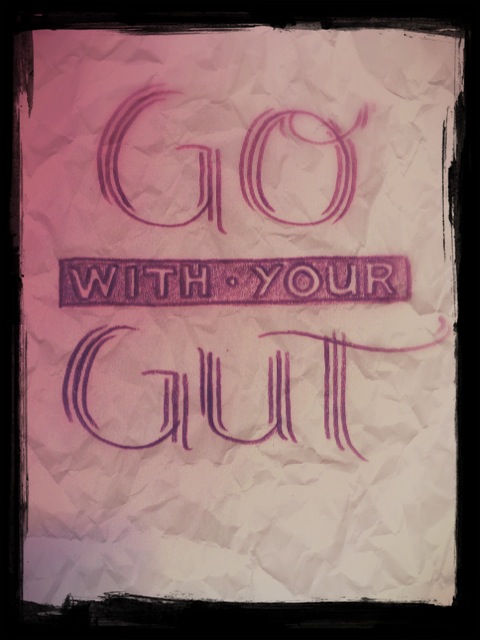Rip off the bandaid
A little over a month ago we started potty training our son. A friend had just gone through the process with her slightly younger boy. She lent me a book by the (obviously American) expert potty trainer and author, Andrea Olson. It came highly recommended and was said to offer “non-coercive wisdom from first-hand experience teaching infant potty training for the past 5 years.”
My friend's words to me were: “It makes a lot of sense to me. When I quit smoking, I had to go cold turkey as well. It doesn't work if you gradually taper off to zero cigarettes. You just have to get it over with and rip off the bandaid.”
That's the strategy Andrea Olson promotes. Once you've taken the child out of his or her diapers, that option is no longer available (except maybe during the night). So one fine day, you tell your child that he or she is a big boy or girl now. Like all grown ups he or she will from now on sit on the potty to pee or poop, which you are to encourage playfully and cheerfully.
The potty journey
So the three of us embarked on the potty journey, excited that we would soon no longer have to change diapers several times a day. The book promises that every child older than eighteen month is ready to be potty trained. The statistics are indeed interesting: Until the fifties every child there were hardly any children still in diapers by the age of eighteen months. That's not surprising considering that was the era before washing machines and pampers, when you still had to boil and wash cloth diapers in your kitchen sink.
Andrea Olson guarantees that if you stick to the three-part plan – namely naked training at home first, then small outings with clothes, then normal life with clothes – the child will be fully potty trained in one month tops. Some children may even get the hang of it in a week or ten days.
So much for the pep talk.
Naked training was not a problem. We were spending a few days on a remote alp and mostly outdoors anyway. I have to admit that I was surprised how quickly my son understood that peepee was to go into the potty. But after more than a week, when we were already putting the naked training behind us, there was no progress with the poop. Every single time it went into his pants. Try washing poop out of toddler pants when your sense of smell is heightened due to prenatal hormones. A true test of a mother's love.
Like the book admonishes, we tried not to be annoyed or reprimand the child. But honestly, it's hard to keep your composure and compassion when dealing with a whole lot of shit. (Pardon my French).
Take the pressure off
After two weeks my husband and I were frustrated and somewhat clueless. I decided to call a friend who works as a parental advisor and has helped us out several times before. She listened to my detailed report and then said: “Why don't you just take the pressure off a bit?”
I felt a pang of guilt. My son is an extremely easy-going child. He rarely makes a fuss and adapts well in every situation. But if there's one thing he doesn't respond well to it's being forced to adapt too quickly. He needs time. Even when he arrived in this world, it took him a few weeks to find his bearings. He needed time to establish his sleeping and eating rhythms and settle in. After that, he was fine.
I knew he doesn't respond well to pressure. And after all, who can go when they're being rushed? Didn't Freud already connect the anal phase to the ability of letting go? I felt embarrassed that I hadn't thought of it.
So we eased up. We let him wear a diaper in the morning until he had done his number two. We asked him if he wanted the diaper whenever he felt the tummy ache that means he has to go. And within a few days, poop started going into the potty.
I think of all the yoga teachers I have met on my path who think that sometimes students need a little push. That may be true. It can be helpful to have your boundaries pushed a bit and try something new, like an arm balance or an inversion. However, I don't think that it works for every type of personality. Like my son, I don't like to be forced when I don't feel safe.
Is it possible to let go under pressure? I'm not sure. Sometimes we need to be eased in. Sometimes, all pressure does is achieve the opposite result.
There's no golden rule
Our culture teaches us that it's always advisable to rip off the bandaid. Quick and painless. But is it really? Is that strategy taking into account that we are not all made of the same stuff? Does that consider what we might be going through at any given time and that we all have a different history?
Or put in into the context of yoga class: Encouraging someone to overcome their fear of headstand by just doing it can be empowering for the student. But it can also cause them to be re-traumatized.
This is not the first time I liken being a mature adult to being a good parent (also to yourself). A good parent knows their child. They assess the situation and do what is called for and beneficial under the circumstances.
Unfortunately, this may mean that we can't rely on the same golden rule all the time. We have to stay awake and observant to gauge the right dosage. It has a lot to do with taking responsibility for ourselves, instead of applying what we heard is supposed to work. Ripping off the bandaid is not always the way to go.
I believe that yoga hands us all the tools to evaluate what the best treatment plan is. If we are willing to listen and respond appropriately, we may well discover that what was stuck will start to flow again.

